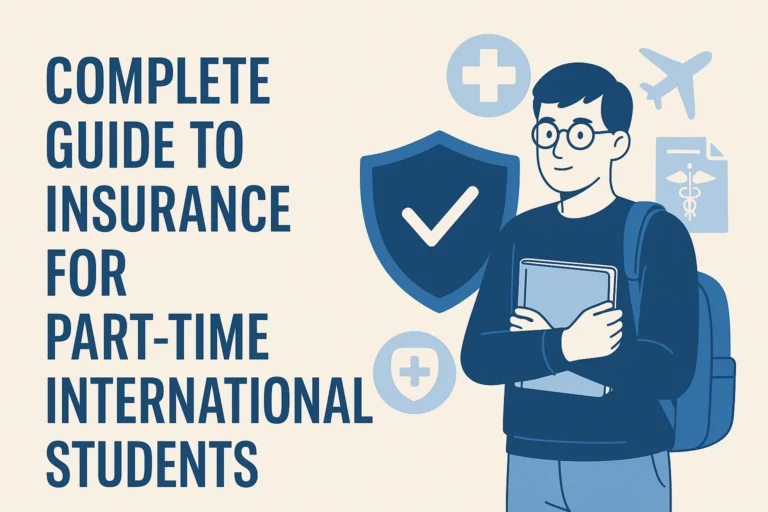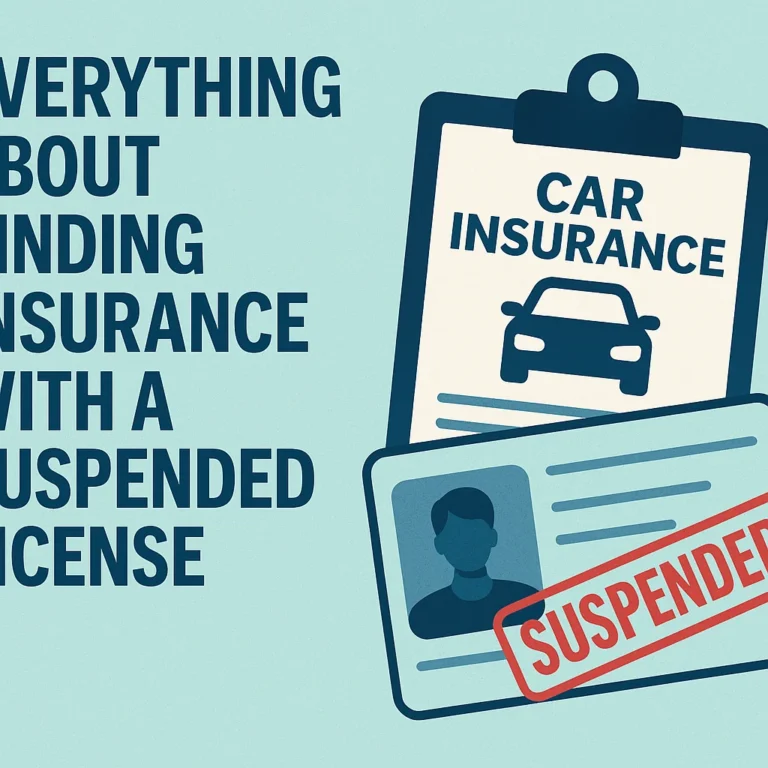Whether you’re skydiving in New Zealand or scuba diving in Thailand, one thing is certain: adventure sports come with excitement—and risk. That’s where travel insurance tailored to adventure sports comes in. This guide will walk you through everything you need to know, step by step.
New to the world of insurance? Don’t worry. We’ll explain each term in simple language and help you confidently choose a policy that matches your thrill-seeking lifestyle.
What Is Travel Insurance for Adventure Sports?
Travel insurance is a type of coverage designed to protect travelers from unexpected events like medical emergencies, trip cancellations, and lost luggage. When it comes to adventure sports, you need specialized coverage that includes high-risk activities.
Standard travel insurance may not automatically cover adventure activities like mountaineering, skiing, or paragliding. If you engage in these, make sure your policy includes what’s often referred to as “extreme sports” or “hazardous activities” coverage.
This insurance typically covers emergency medical expenses, search and rescue operations, medical evacuation, and sometimes even sports equipment loss or damage. It’s a safety net for both your health and your gear.
Many providers categorize sports into tiers based on risk. For example, hiking is usually low-risk, whereas bungee jumping or heli-skiing would be high-risk. Understanding these distinctions is crucial when comparing plans.
Always read the fine print. Exclusions vary and could include certain countries, age restrictions, or non-professional participation clauses.
Step-by-Step: How to Get the Right Policy
1. Identify the Activities You’ll Be Doing
Make a list of all the adventure sports you plan to try. This will help you ensure your insurance covers each one. Don’t assume a plan covers all activities.
2. Check What’s Excluded in Standard Policies
Most general travel insurance plans do not include high-risk sports. Read the exclusions carefully or ask the provider directly.
3. Compare Specialized Adventure Insurance Plans
Look for companies known for covering extreme sports. Compare their coverage limits, emergency evacuation plans, and policy wording.
4. Evaluate Medical and Rescue Coverage
Ensure the policy covers medical evacuation, emergency treatment, and rescue operations, which can be extremely expensive in remote areas.
5. Purchase Early and Keep Documentation
Buy your policy before your trip starts. Save a digital and printed copy, along with emergency contact numbers.
Comparison of Adventure Travel Insurance Plans
| Provider | Medical Coverage | Evacuation | Adventure Sports Included | Gear Coverage |
|---|---|---|---|---|
| World Nomads | $100,000 | Yes | Over 200 sports | Up to $3,000 |
| SafetyWing | $250,000 | Yes | Limited list | Not covered |
| InsureMyTrip | Varies by plan | Yes | Customizable | Optional add-on |
| Activity | Risk Level | Average Monthly Premium |
|---|---|---|
| Hiking | Low | $30 |
| Scuba Diving | Medium | $45 |
| Skydiving | High | $80 |
Common Mistakes and How to Avoid Them
Assuming All Activities Are Covered
This is the most common error. Always confirm the list of included activities before you purchase.
Ignoring Pre-existing Medical Conditions
Some policies exclude coverage if a pre-existing condition contributes to an injury. Be transparent and choose a plan that covers your health status.
Choosing the Cheapest Option
Low premiums might mean limited coverage. Balance cost with the level of protection you need.
Not Reading the Fine Print
Details matter. Understand the terms around claims, especially for high-cost rescue services.
Overlooking Gear Coverage
Expensive gear like diving computers or skis can be lost or stolen. Add equipment protection if needed.
FAQs About Travel Insurance for Adventure Sports
Is adventure sports insurance more expensive?
Yes, typically it costs more than standard travel insurance because it covers higher-risk activities and medical evacuations.
Can I buy insurance after I start my trip?
Some companies allow this, but coverage may be limited. It’s best to purchase before departure.
Does it cover professional competitions?
No. Most policies cover amateur participation only. If you’re a professional, you’ll need a specialized plan.
Conclusion: Get Insured and Go Adventure!
Adventure sports travel insurance gives you peace of mind, allowing you to focus on the thrill—not the risk. From broken gear to emergency evacuations, the right policy can save you thousands and protect your well-being.
Take time to compare providers, read the details, and align coverage with your travel plans. Don’t leave home without it.
Best Travel Insurance for Students






